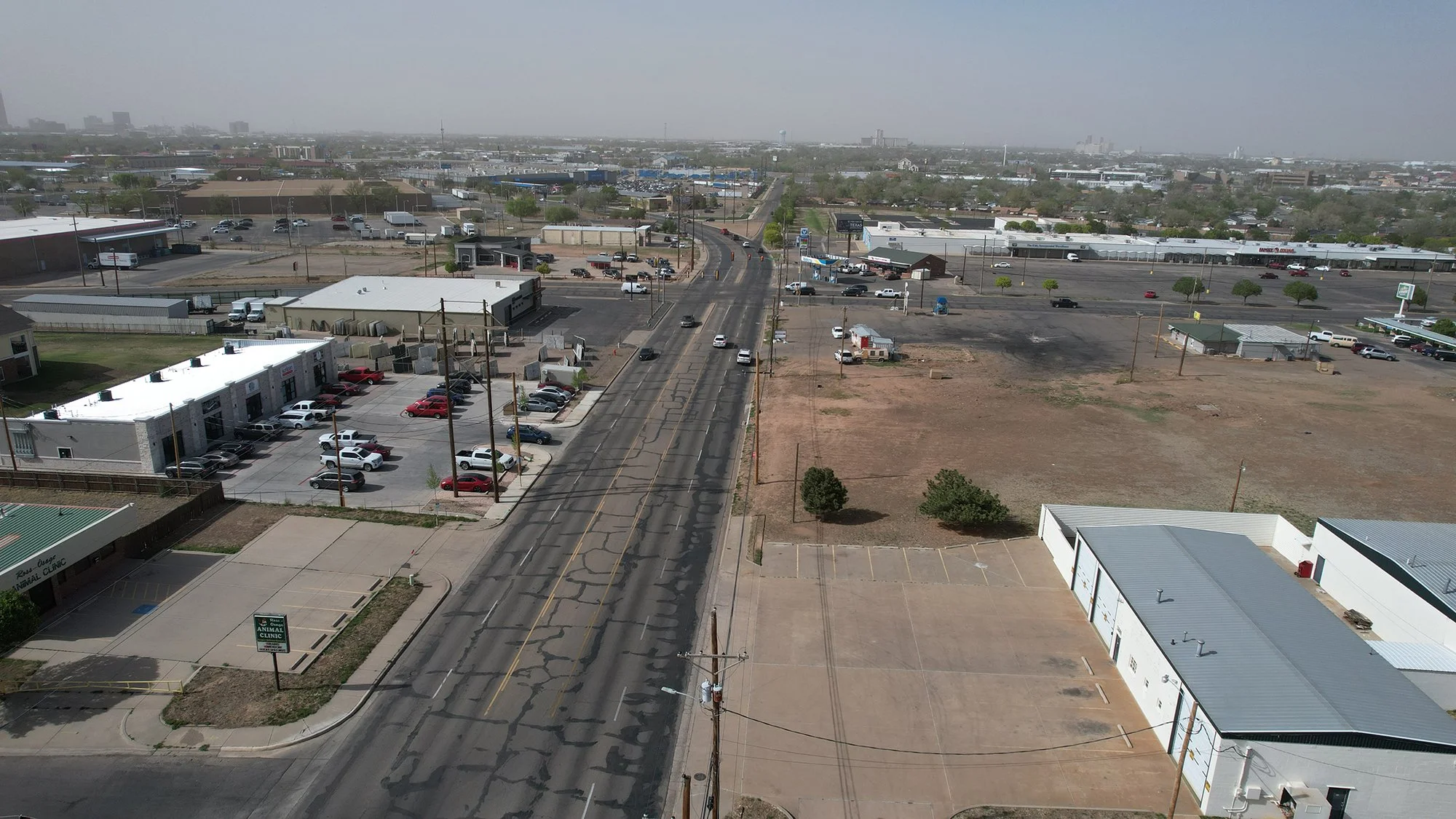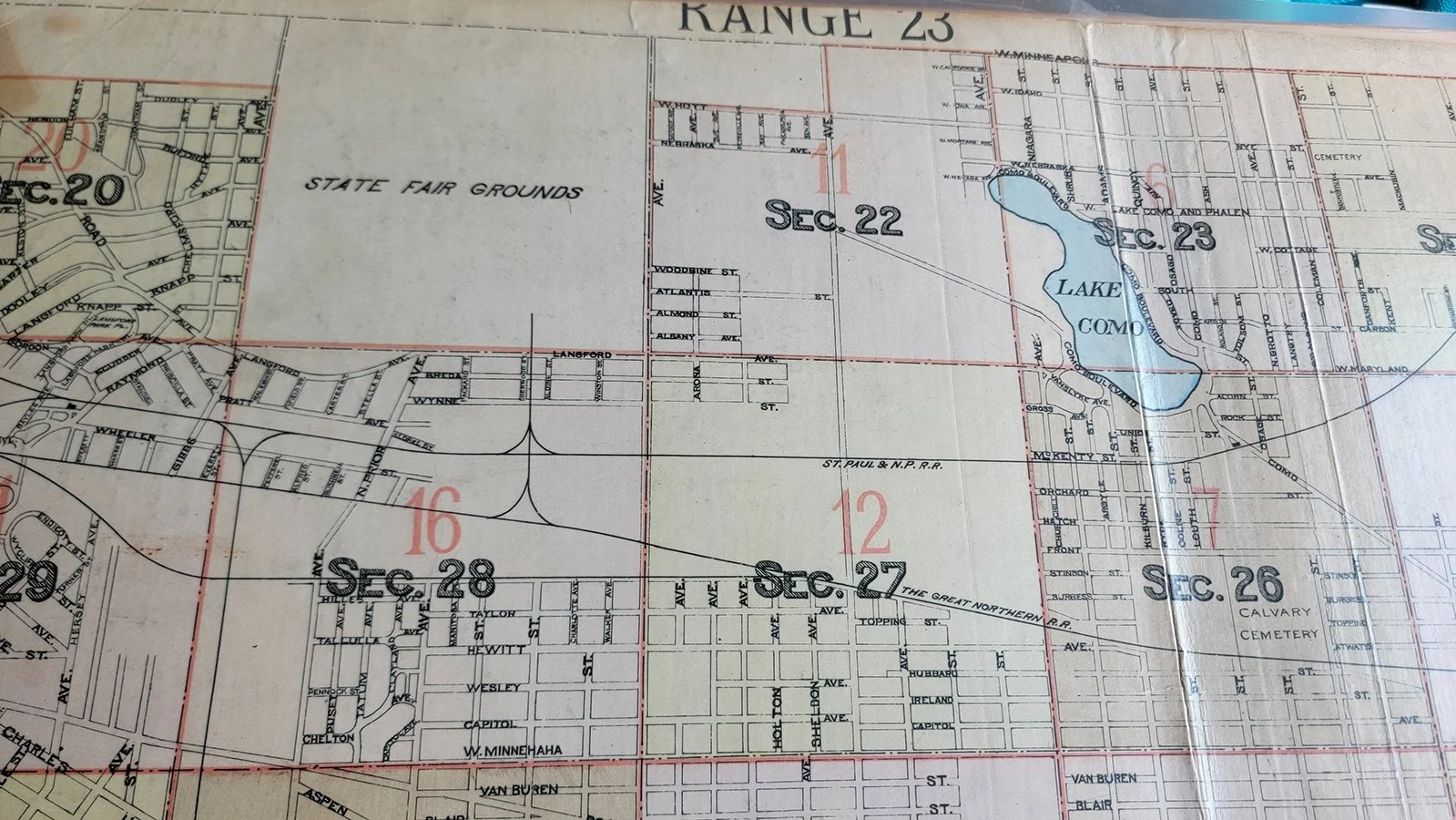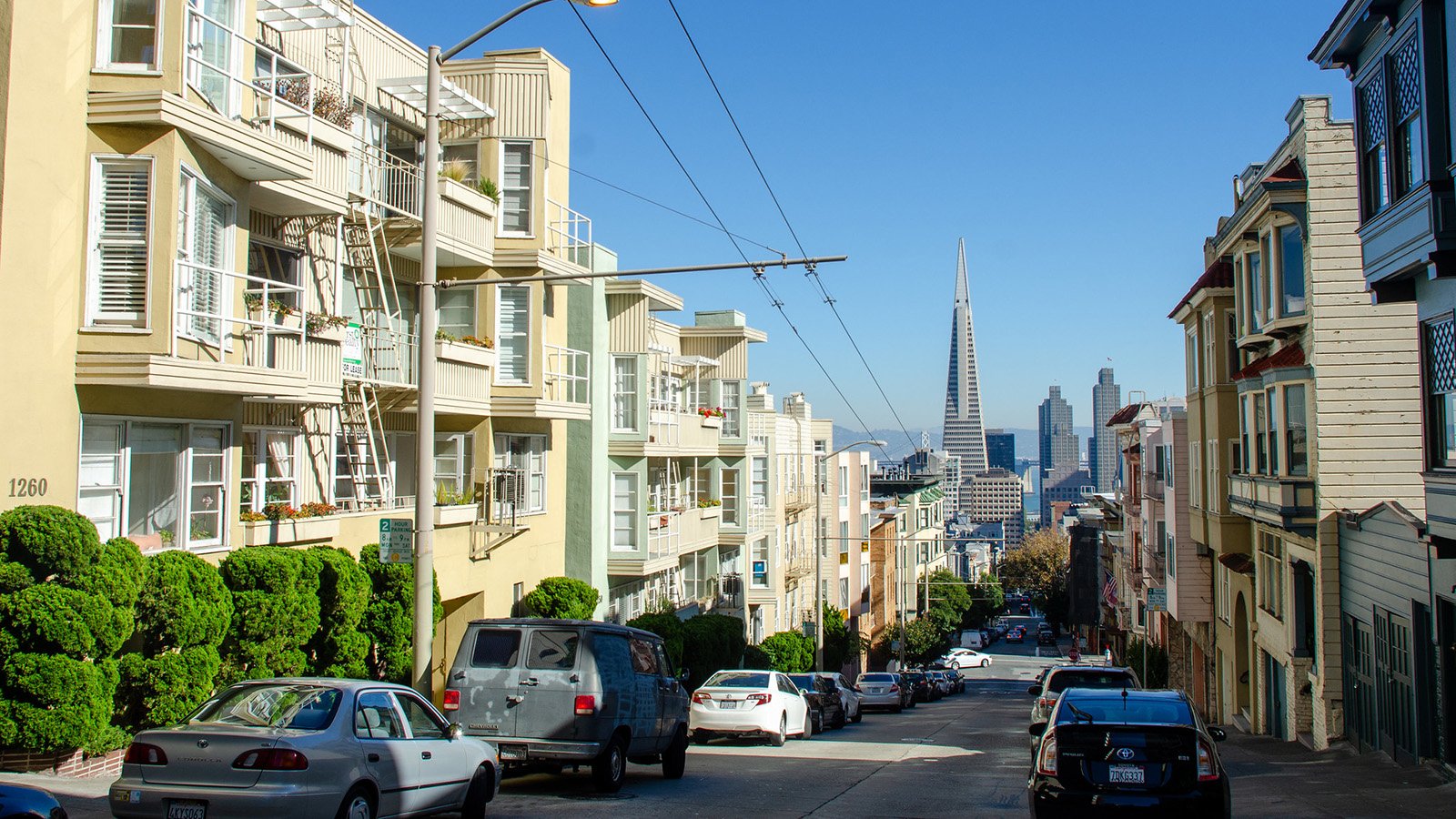A recent public health study out of Johns Hopkins has found that narrow lanes reduce crashes on streets, and recommends that lanes as narrow as 9 feet wide be the default.
Read MoreRent control gets held up as a generic answer to high housing costs, but people often aren’t clear about what problem, exactly, they believe rent control is intended to solve.
Read MoreThe Housing Accelerator Fund is a grant program that will inject $4 billion into Canada’s cities and towns by 2026–2027. There are a lot of ways to use this money well…but also a lot of ways to use it poorly.
Read MoreMost of your city’s zoning likely prohibits multifamily housing—even of a modest form, like triple-deckers. If so, you have the arrogance of early zoning reformers to thank for it.
Read MoreOttawa’s “jaywalking” campaign is putting pedestrians in an impossible catch-22.
Read MoreFor the second time, a group of Minneapolis residents—enabled by existing law—have halted implementation of the city’s Minneapolis 2040 plan over its supposed environmental impact. Here’s why they’re doing more harm than good.
Read MoreResidents of Douglas Park in Vancouver have blocked the expansion of a local day care, citing it as a threat to the residential character of the neighborhood.
Read MoreIllegal driving, reckless driving, and unsafe driving are three different things. Most drivers don’t intuit the difference, but our system and our traffic engineers should if they want to help prevent deadly outcomes.
Read MoreWhy is it so hard to imagine removing a 60-year-old freeway from the heart of my city—even as someone who likes the idea?
Read MoreDesign doesn’t necessarily make a community, but, as this neighborhood in St. Paul, MN, shows, it does matter.
Read MoreEarlier this year, a man was killed in a car crash while crossing the street in Amarillo, TX. The driver didn’t see him—and when you look at his surroundings, it’s not hard to understand why.
Read MoreThe single least expensive way to produce a lot of new housing is to follow a template that was once used in virtually every city. Unfortunately, most North American cities effectively prohibit it today. Does yours?
Read MoreA pediatrician, a pastor, a software developer, a pilot, and an urban planner walk into a bar. That’s not the setup for a dumb joke—rather, it’s a small sampling of our remarkably eclectic membership.
Read MoreThis series of studies of 19th-century development in St. Paul, MN, can help us understand some of the earliest traces of what would later become the suburban development pattern.
Read MorePublic policy has winners and losers, and parking reform is, unfortunately, no exception. So how should that knowledge impact the way we approach parking reform?
Read MoreAmericans need housing relief imminently. Despite what you may have heard, upzoning isn’t likely to be the thing that delivers that—but here's why it’s still worth pursuing.
Read MoreSettling down from a cross-country move, Strong Towns Editor-in-Chief Daniel Herriges reflects on what makes a place feel like “home,” and what prompts people to put roots in a location—even if it’s not a “perfect” place.
Read MoreGood urbanism doesn’t have to mean large apartment buildings or an immaculate row of brownstones; the ad-hoc version on display in this Florida neighborhood is more relevant as a model of adaptation for the rest of us.
Read MoreIn 2021, California passed Senate Bill 9, ending exclusive single-family zoning. The first numbers have come in on this new law’s impact, and...they're not large numbers. But here's why that's not surprising (nor a cause for alarm).
Read MoreIf it takes a village to raise a child, then it takes a whole community to build a building. The small-scale developers of South Bend, IN, are showing how to do just that—and do it successfully in the long term.
Read More



















